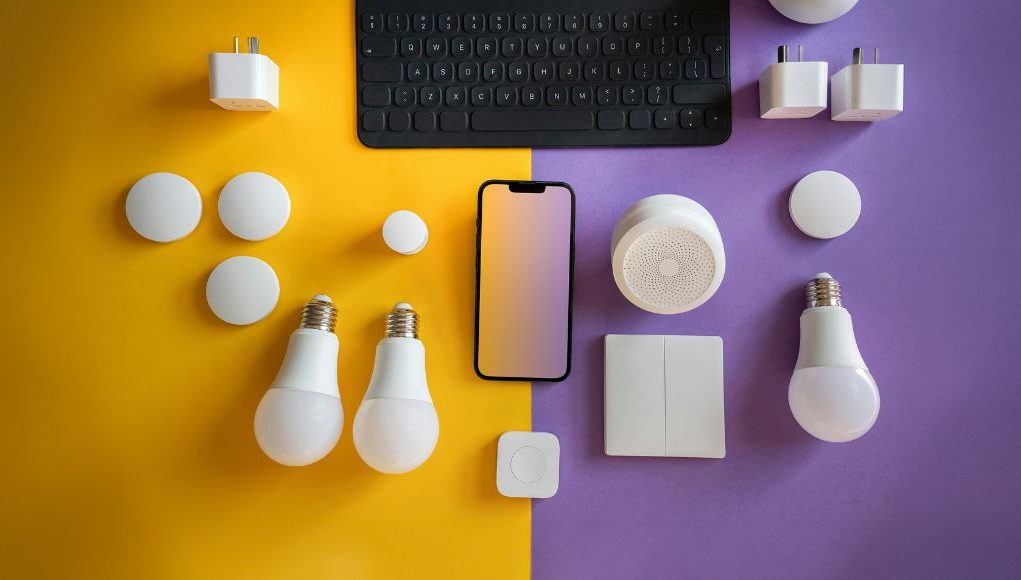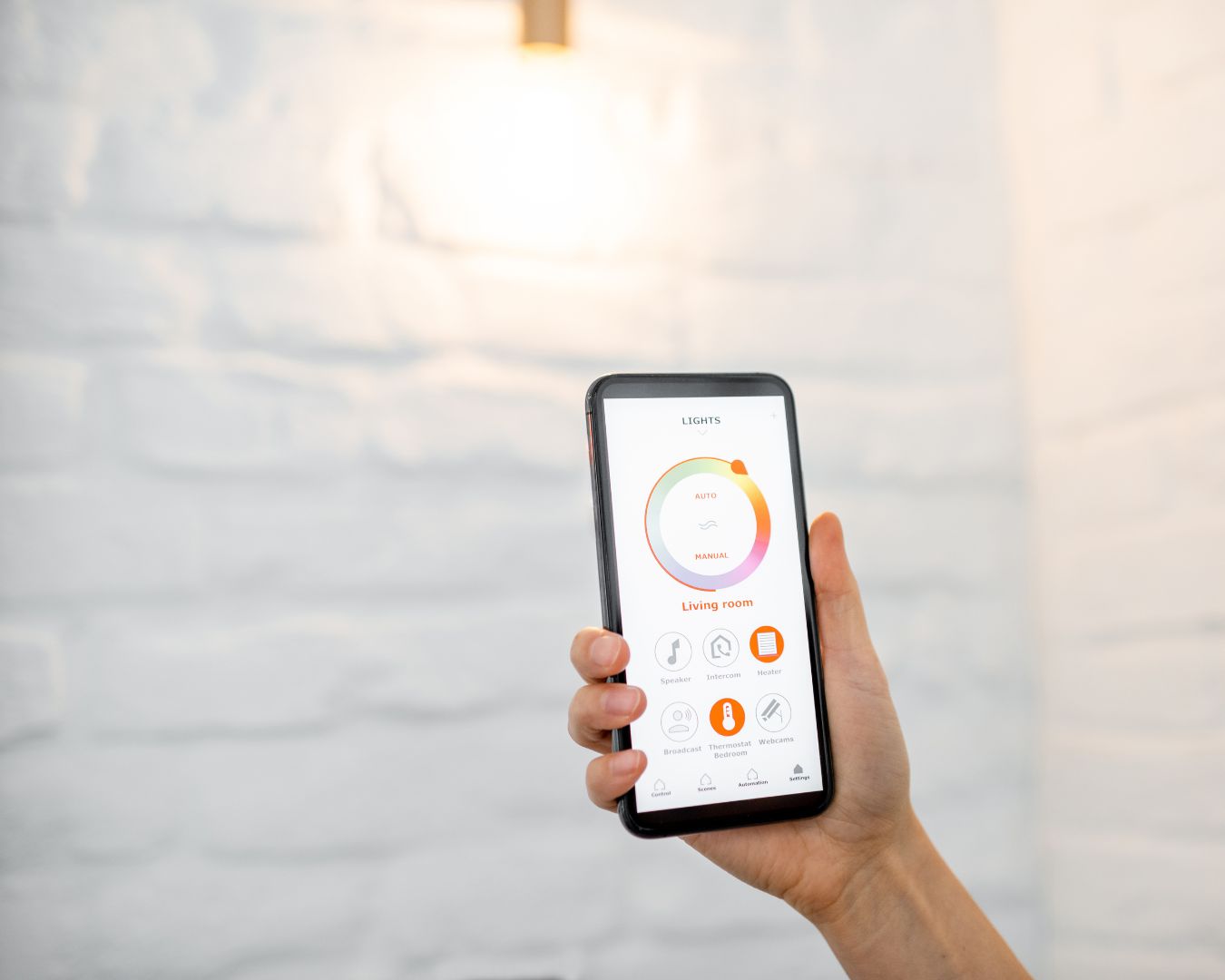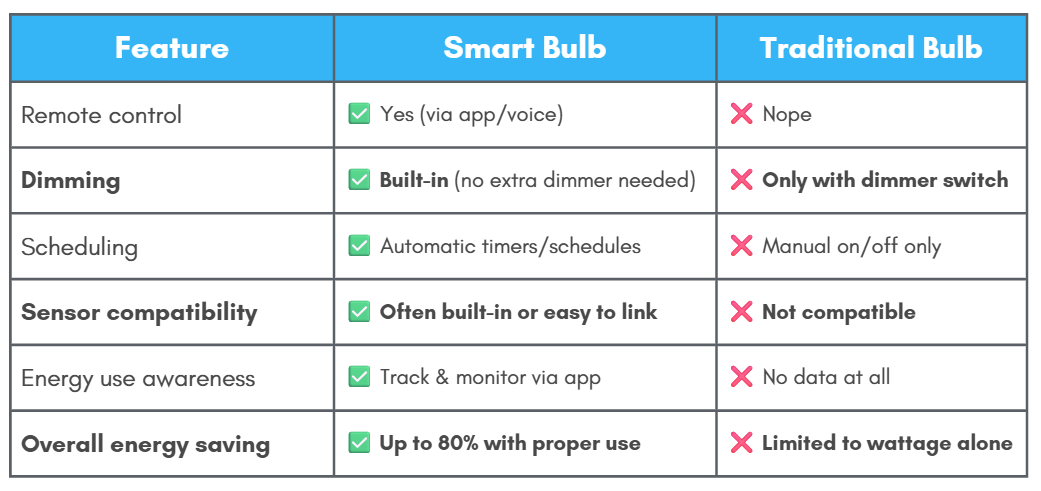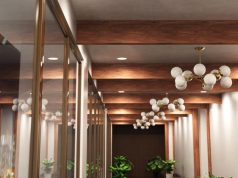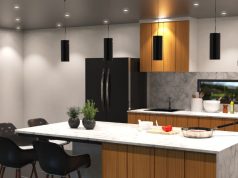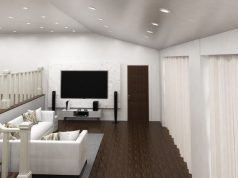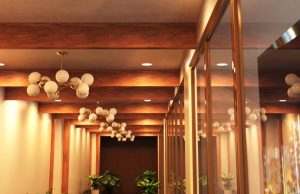Some call it lazy. We call it efficient.
We’re talking about lighting, by the way. Smart lighting, to be precise. It’s one of the easiest and most effective ways to save energy, slash bills, and do your bit to help out the planet, all while making your lights look and feel a bit cooler.
We’re looking at motion sensors that catch you red-handed sneaking for a midnight snack to bulbs that dim themselves for movie night, smart lighting does more than light up a room. It makes lighting “intelligent.” (That’s literally why it’s called “smart lighting energy savings.”)
Anyway, in this post, we’re breaking down how this literal “light bulb moment” sparked a bright idea that is revolutionising energy savings in UK homes and businesses. Grab your cuppa cos we’re diving in.
What is Smart Lighting?
Before we go any further into this energy-saving journey, let’s clearly define what “smart lighting” is.
Smart lighting systems use internet-connected light sources. Think bulbs, switches, and fittings that you can control remotely using a smartphone, voice assistant of your choice (hello Alexa, Siri, and Google), or even automations that kick in based on your habits. Yes, these are technologies that would have frightened cavemen to death if they experienced them.
With smart lighting, you can:
- Turn lights on/off from your phone (make your house look occupied even when you’re on vacation in a different city)
- Set schedules (no more lights left on overnight!)
- Dim or brighten to taste
- Respond to motion or daylight levels
- Integrate with other smart devices (lights that dance to your music? Sick!)
Unlike traditional setups that need effort (and for you to actually remember) to flip the switch, smart lighting puts your lights on autopilot. Less effort, less waste, more savings.
Dimming, Scheduling, and Motion Sensors
Let’s talk tools. Smart lighting isn’t just clever. It’s packed with tricks that would make a stage magician jealous (especially if he’s still using incandescent lights at home).
Dimming
Yes, we know about your sneaking into the kitchen for a midnight snack. We won’t judge, but do you really need a full-on stadium spotlight for a snack run? Or maybe you’re the do-it-in-the-dark type of person that risks a stubbed toe for a sandwich bite?
Either way, we suggest getting dimmable lights instead. Dimming lights to lower levels means using less electricity (and not just a little). Reducing brightness by 50%? Cuts energy use by nearly the same amount. It’s like putting your lights on a diet.
Also, dimming your lights prolongs your bulb’s lifespan. That’s right. Now your midnight snack runs are more meaningful.
Scheduling
The idea of smart lighting? Set it and forget it. Whether it’s syncing your porch light to come on at sunset or setting your living room lamp to switch off at bedtime, scheduling ensures lights only run when they’re needed. It’s great for routines, holidays, and forgetful family members (we see you, always-leaves-the-bathroom-light-on person).
Motion Sensors
Another feature for the forgetful housemate. Motion-activated smart lighting turns on when movement is detected. No movement? No light. As soon as you leave, the lights turn off. Simple. Efficient. No nagging required. And no more “Did I turn off the lights?” 10 minutes after driving off to a birthday party.
Having this combo of dimming, timing, and sensing can reduce lighting energy use by up to a staggering 35%–60%, depending on the space.
We say, not too shabby for a bit of tech doing the work for you.
Data-Driven Energy Reduction
Smart lighting doesn’t just respond. It listens, learns, and adjusts. Creepy? A little. Useful? Absolutely.
Most lighting systems now come with apps that show your lighting usage in real time. You can spot patterns, see which rooms are wasting power, and make changes accordingly.
For example:
- Notice your home office light stays on all evening, even though you’re in the kitchen? Adjust the schedule or install a light with a built-in motion sensor.
- Staying in bed too much that the lights there get used more than any other? Switch to a lower-wattage smart LED.
- Find out that your partner has been leaving the bathroom lights on for hours every day before leaving for work? Set a “turn off” schedule or get a light with an automatic shut-off.
Some smart home ecosystems can even use geolocation to turn lights off when no one’s home, turn them on as they arrive, or optimise lighting based on sunrise and sunset times by using photocell sensors.
Think of smart lighting as your personal energy police, without the judgmental look and frustrated sighs.
Smart Bulbs vs Normal / Traditional Bulbs
The tale of two bulbs. There are loads of differences between the two, but in the context of this post, the obvious difference between the two is that one’s clever, connected, and resourceful. The other? Well, it just turns on and off when you tell it to.
Just from that, you already know which is which. But let’s compare further:
Sure, smart bulbs cost a little more upfront. But if you look at the features and benefits you get back, they more than make up for the cost. They’re super-efficient and work smarter, not harder.
Also worth noting is that smart bulbs are usually LED, which leads us to the next point…
Combining Smart with LED for Maximum Impact
You ready for the magic formula?
Smart Control + LED Efficiency = Maximum Energy Savings
LEDs are already champs at saving energy. Smart systems? They make sure your LEDs are only on when needed, at the brightness you want, in the places you use. Boom! Maximum efficiency.
Let’s break down the lighting automation benefits:
1. Instant savings:
LEDs use up to 85% less electricity than halogen or incandescent bulbs. If you’re still using those old-school bulbs, it’s time to switch out.
2. Layer in smart tech:
Smart switches or bulbs add automation. It’s like levelling up the efficiency of your already-efficient lighting. Motion sensors? Schedule timers? Voice control? Sound futuristic—sign us up!
3. Extend lifespan:
LEDs are already rated for at least 20,000 hours of life. Dimming, reduced runtime, and gentle start/stop routines all help LEDs live even longer.
4. Lower maintenance:
Smart systems alert you when bulbs need replacing or if energy use spikes. No more guessing or surprise failures. Not that your LEDs will need replacing anytime soon.
Put simply, pairing smart tech with LED lighting gives you the best of both worlds: ultra-low energy use with intelligent control. Your wallet and the planet will both thank you.
Quick Wins to Get Started
Ready to go smart but not sure where to start? Try these easy upgrades:
Upgrade to a smart bulb in your most-used room. The living room or kitchen is usually the best bet. But hey, if you spend most of your time in bed, you can start there, too. No judgment from us.
Use a smart plug for non-smart lamps. Gives you basic control without a total overhaul. I guess that could count as “smart lighting” since you’re being smart about your lighting? But if it works, then it’s good. You be the judge.
Add a motion sensor to hallway or bathroom lights. These pay off quickly in energy savings.
Link to a smart speaker. Control lights with your voice. This is especially handy when your hands are full. “Hey Alexa, turn on the pantry lights,” is faster than setting down your groceries on the floor to switch on the lights.
Set basic schedules. Even just turning off bedroom and hallway lights at 10 PM can reduce overnight energy use. It’s also a way to tell yourself, “Stop scrolling through TikTok and go to sleep.”
Final Thoughts
Smart lighting isn’t just for gadget geeks or tech showrooms anymore. It’s accessible, easy to use, and saves energy. Pair that with an already energy-efficient LED light, and your energy savings will be off the roof—or way down, depending on how you see this, but you get the point.
Lower your power bills and lower your carbon footprint, all while getting complete control over your environment.
Switching to smart lighting? Not lazy. It’s a smart move.
Unlock more green lighting ideas on Lighting and Sustainability: A Greener Future.


